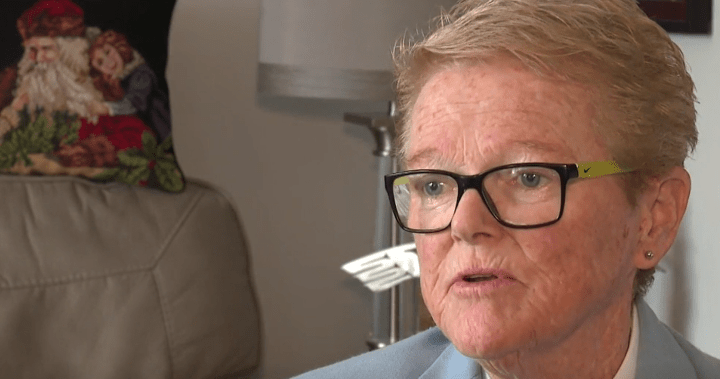The “Presence in Absence” memorial, erected along Ontario’s Highway 401, was intended as a poignant tribute to fallen Canadian soldiers, coinciding with the completion of a two-million-tree planting initiative along the Highway of Heroes. However, a series of egregious errors in the memorial’s creation has transformed it from a symbol of remembrance into a source of renewed pain and outrage for veterans and their families. The discovery of living veterans’ names listed among the fallen, coupled with the omission of actual casualties of war, has sparked calls for immediate rectification and accountability. The incident has exposed a flawed process, raising questions about the oversight and verification mechanisms employed in the memorial’s development.
The memorial’s flawed execution came to light when Honorary Lieutenant-Colonel Lee Anne Quinn, a 22-year veteran of the Canadian Armed Forces, including a deployment to Afghanistan, was shocked to discover her own name included among the fallen. The realization was compounded by the absence of the names of sixteen of her comrades who had made the ultimate sacrifice in Afghanistan. Quinn’s experience is emblematic of the broader issue plaguing the memorial: the inclusion of living veterans alongside the omission of actual fallen soldiers. This jarring juxtaposition has not only caused distress to those mistakenly listed but also added to the grief of families whose loved ones’ sacrifices were overlooked. The incident underscores a critical failure in the verification process, raising concerns about the rigor and sensitivity with which the memorial was conceived and executed.
The “Presence in Absence” memorial, funded by private donors and all three levels of government, was intended to complement the Highway of Heroes tree-planting initiative. However, the monument itself was not funded or overseen by Veterans Affairs Canada (VAC). VAC confirmed that it was not consulted regarding the list of names featured on the memorial and played no role in its creation or verification. This lack of involvement by VAC, the governmental body responsible for veterans’ affairs, has raised questions about the appropriate channels of oversight for such commemorative projects. While the government funded the associated tree-planting initiative, the absence of VAC’s involvement in the memorial itself suggests a potential gap in the process, which ultimately contributed to the errors.
Trees for Life, the charity behind the memorial, has acknowledged the errors and expressed profound regret for the distress caused. Executive Director Mike Hurley attributed the mistakes to an employee who has since been let go. While Hurley issued a formal apology, the damage caused by the flawed memorial extends beyond mere administrative oversights. The inclusion of living veterans among the fallen and the omission of actual casualties have reopened wounds and triggered painful memories for those affected. The incident highlights the profound responsibility associated with memorializing fallen soldiers and the devastating consequences of errors in such a sensitive undertaking.
For Honorary Lieutenant-Colonel Quinn, the experience has been deeply traumatic, triggering post-traumatic stress disorder (PTSD). The emotional toll of being mistakenly listed among the fallen, while her fallen comrades were overlooked, has been profound, manifesting in sleeplessness, loss of appetite, panic attacks, flashbacks, and nightmares. Quinn’s experience underscores the far-reaching impact of the memorial’s errors, highlighting the need for sensitivity and accuracy in honoring the sacrifices of military personnel. The incident serves as a stark reminder of the enduring impact of war on veterans and the importance of respectful and accurate commemoration.
In response to the widespread criticism and the emotional distress caused, Trees for Life has committed to removing the “Presence in Absence” memorial entirely. Work to dismantle the installation is scheduled to begin in the coming days. This decision, while acknowledging the gravity of the errors, leaves open the question of a suitable replacement. A future memorial, should one be considered, will necessitate a meticulous and sensitive approach, involving thorough consultation with veterans’ organizations and rigorous verification processes to ensure that the sacrifices of fallen soldiers are accurately and respectfully honored. This incident serves as a cautionary tale, emphasizing the importance of diligent oversight and unwavering commitment to accuracy when commemorating those who have served their country.

